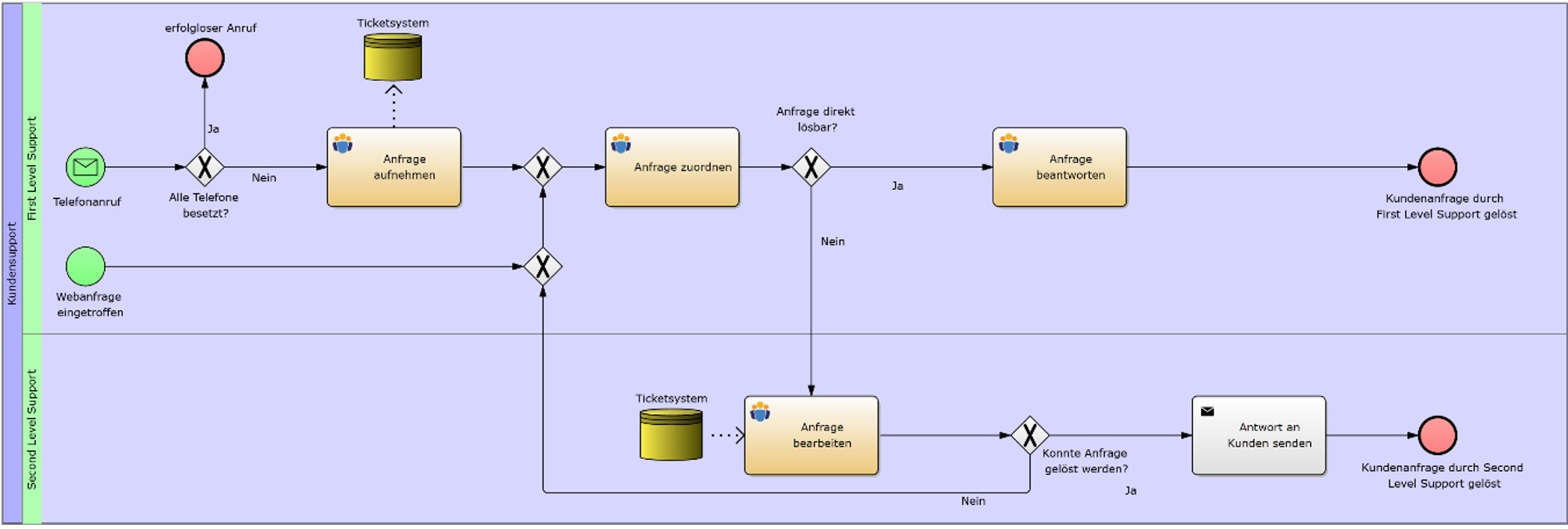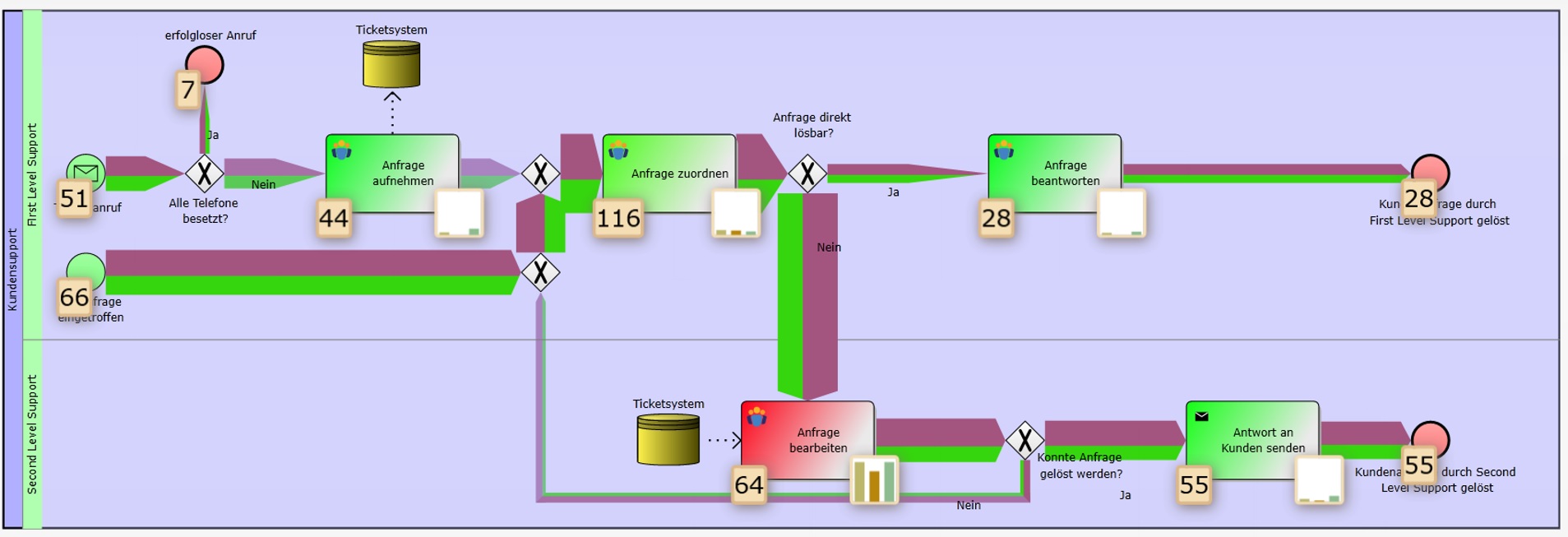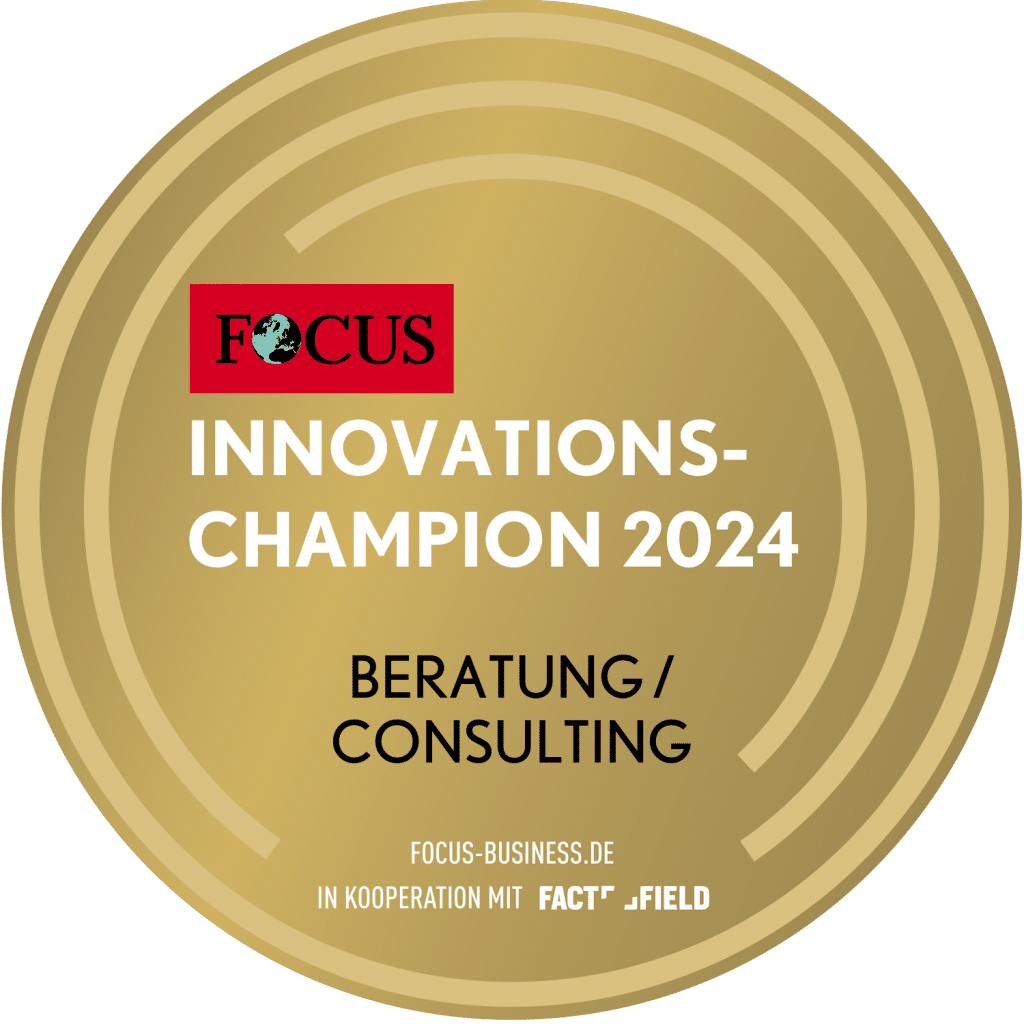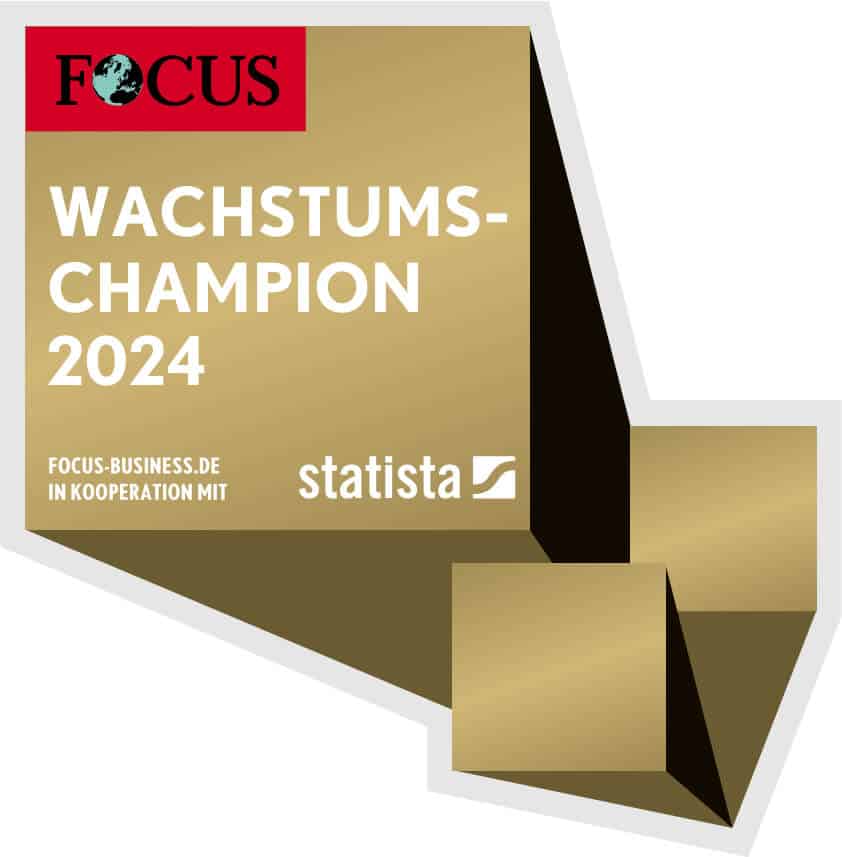Processes are crucial to the success of a company. Business Process Management (BPM) is the approach for the sustainable design, control and improvement of processes. The most important method here is the documentation of processes using process models. The Business Process Model and Notation 2.0 (BPMN) is the graphical process modeling standard. Even without holistic BPM, BPMN can be used in various areas: The ISO 9001:2015 quality management standard explicitly calls for a process-oriented approach. Almost every project leads to changes in processes, which is why we should always keep process-oriented glasses on from project planning to completion. BPMN 2.0 also enables the automated control of processes with the help of a workflow management system (WfMS). Analysis methods for the continuous improvement of processes, such as simulation technology, are also based on process models. TCI is offering a series of seminars on BPMN in collaboration with intellivate GmbH: On May 2 and 3, 2019, you will have the opportunity to acquire basic knowledge of notation, tools and methods in Mannheim.
A standard as a basis for communication
The Business Process Model and Notation (BPMN) is an ISO standard for process modeling (ISO/IEC 19510:2013). The basic aim of BPMN 2.0 is to create a Communication basis for all activities related to process management. The second sentence in the specification provides this specification, which also contains who the BPMN is intended for:
The primary goal of BPMN is to provide a notation that is readily understandable by all business users, from the business analysts that create the initial drafts of the processes, to the technical developers responsible for implementing the technology that will perform those processes, and finally, to the business people who will manage and monitor those processes.
- cf. OMG 2013
BPMN 2.0 therefore provides a basis for communication for everyone involved, for the specialist department, for IT and for management. I constantly emphasize this in my training courses: we never model what we model for its own sake, but someone should of course look at it later and benefit from it - without getting sore eyes. To make this possible, we need to think about our goals before we start modeling.
Why we need process modeling
Whether we introduce holistic process management top-down or use bottom-up process modeling as an accompanying method in our projects - we can use BPMN 2.0 as a notation.
We cannot and do not want to depict all the details of a process in a process model. It is only a model and models abstract from irrelevant details. So we have to define: What is relevant?
What is relevant is what is sufficiently related to the modeling objectives. I have divided possible objectives into three groups below:
1. technical documentation
Technical documentation is often at the forefront of process modeling and also forms the basis for further activities. It enables us to involve the specialist departments in the documentation and to gain the necessary acceptance of the method among the workforce. Here are some tangible reasons for using process models for technical documentation and then making them available as a "process manual":
- For training and knowledge retention in the company as process-based information management.
- Quality management: ISO 9001:2015 explicitly requires the observation and documentation of processes.
- Project support in change management: Every project changes processes!
- Clarify internal interfaces, for example processes between different departments.
- Clarify external interfaces with partners, for example customers or suppliers.
- Ensure compliance with BDSG and EU GDPR.
Until now, we have often seen technical process descriptions created as texts or tables. The advantage of BPMN is that a graphical model is much quicker for the viewer to understand.
2. process analysis
The analysis and continuous improvement of processes also requires the documentation of processes, preferably in BPMN 2.0. In most cases, a "process manual" is no longer the appropriate medium here; we prefer to analyze the BPMN processes directly in software with corresponding functions. We want to do this:
- Creating requirements analyses, for example for new IT systems
- Perform activity-based costing with variable and fixed costs
- Identify risks and weak points in the process
- Analyze key figures such as efficiency, costs, runtimes and resource requirements
- Improve key figures, for example by increasing efficiency.
Different software tools offer us very different functions for this. The software IYOPRO includes, for example, a scientifically based simulation component, which I have developed in elsewhere described in more detail.
3. technical control
A completely different focus is the automated control of processes with the help of a workflow management system. Processes modeled in BPMN 2.0 can be controlled, partially automated and monitored by a workflow management system. Our motivation here should be:
- Control the flow of tasks and information: The right person receives the right information at the right time.
- Orchestration of the use of different IT systems
- Automation of individual tasks, for example via robotic process automation
- Ticket system in the process portal for employees (and also for customers, if applicable)
- Monitoring of key process figures and monitoring of critical processes.
Solving the control of workflows using BPMN brings transparency to your business logic. The specialist departments can design the process themselves in BPMN 2.0. Your applications are therefore no longer a black box that can only be seen through by IT.
The fact that such automation is possible with BPMN 2.0 should be emphasized when you consider that intermediate steps were previously required, for example via BPEL, in order to make existing process diagrams executable in a workflow system. However, these technical possibilities are very noticeable in the notation. Some of the elements of BPMN 2.0 were primarily provided for process automation.
Independence from software manufacturers
The standardized graphical notation of the BPMN - consisting of symbols and arrows - is also saved as a standardized XML file. This standardized format is not only easy to read, it also enables further processing in various tools. We are independent of a concrete software tool. We could import and export our models, edit the models with one tool, evaluate them with another tool and automate them with a third tool. In the best case scenario, we use software that provides all the functions we need. However, there are a large number of tools on the market that offer very different functions, focuses and target groups.
As long as you use process modeling in smaller projects, you can still experiment here. However, the tool needs to be carefully selected at the latest for a company-wide roll-out of a process portal. Sometimes companies draw up wish lists with must-have and nice-to-have functions, which unfortunately have not yet been fully understood and are therefore difficult to scrutinize. Some manufacturers are aware of this and try to include every conceivable function. In some cases, quality is of secondary importance - the main thing is that the customer's checklist can be ticked. A sound knowledge of the possibilities offered by process modeling is therefore essential when selecting tools.
Seminar series by TCI and intellivate GmbH
Together with the software manufacturer and IT consulting company intellivate GmbH, TCI is offering a series of seminars on the topic of BPMN to build up the necessary basic knowledge. This will take place on May 2 and 3, 2019 in Mannheim.
In the two-day basic course "BPMN 2.0 Modeling", you will learn the basic elements of the BPMN 2.0 notation and its application in process modeling. You will be able to put your new knowledge into practice immediately with the BPM-Suite IYOPRO online and learn important tips and tricks that will enable you to quickly create your own comprehensive process descriptions and embed them organizationally in your company.
The training participants will try out all learning content during the training using IYOPRO. Sufficiently long practical phases with small exercises are planned. The learning objectives are:
- Getting to know the basic elements of BPMN 2.0
- Getting to know the basic handling of notation using the BPM-Suite IYOPRO
- Ability to create your own process descriptions
- Ability to build a company-wide process model and document E-to-E processes.

In the two-day. Advanced course "BPMN 2.0 Simulation" you will learn a complex analysis method for your processes: Computer-aided process simulation enables you to measure process performance, such as process costs and runtimes, waiting times, efficiency, resources and bottlenecks. Process simulation supports the evaluation of new innovative business models and future process behavior. You can use simulation technology to compare strategies or create forecasts for a changed order load, for example for stress tests.
In this training course, the participants will also try out all the learning content during the training course using IYOPRO. The learning objectives are
- Getting to know the theoretical basics of simulation technology
- Getting to know stochastic input and output parameters
- Ability to plan and carry out your own simulation experiments
- Ability to compare strategies and system alternatives according to selected key figures.

Seminar series on process modeling with BPMN 2.0: Take part!
Take the opportunity and take part in our series of seminars on process modeling with BPMN 2.0. Further information on participation and registration can be found at https://www.tci-partners.com/de/news-termine-26#scheduleWidget.
(Cover image: © Africa Studio | stock.adobe.com)


